Many localities experiment with sericulture
During a field trip to learn about mulberry material areas in the northern mountainous provinces, we and the delegation of Yen Bai Mulberry and Silk Joint Stock Company visited some mulberry growing areas in Tuyen Quang, Bac Kan, Ha Giang and Cao Bang provinces. In Bao Lac district alone (Cao Bang province), a mulberry growing area of over 500 hectares has been established in the past ten years. In the remaining provinces, most of them are still in the experimental model stage of several hectares to several dozen hectares, which cannot be replicated.
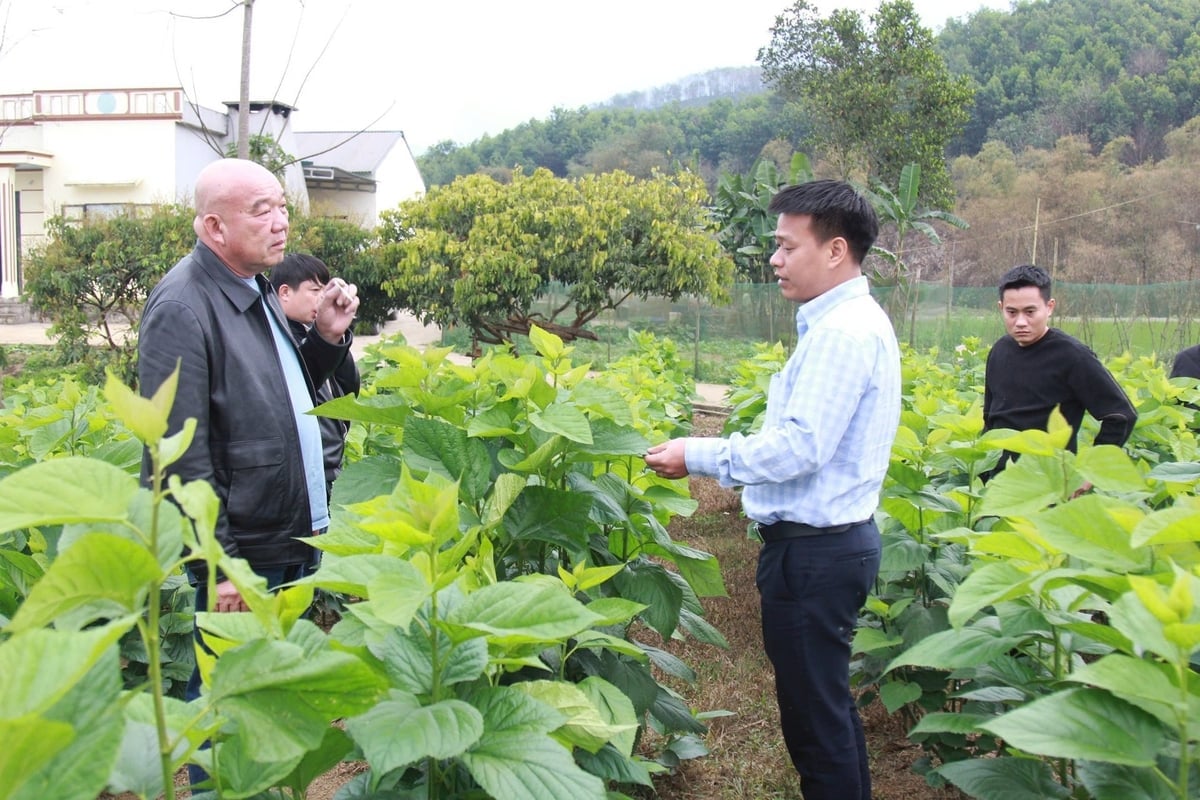
Currently, the silkworm farming industry is emerging in some localities such as Phu Tho, Tuyen Quang, and Ha Giang. Photo: Thanh Tien.
The areas where sericulture is in its infancy are all poor rural areas with fragmented production and many low-value crops such as rice, galangal, corn, cassava, etc. The government and people are still struggling to find more effective crops.
Through research and practical learning in Yen Bai and traditional craft villages, representatives of these localities realized that mulberry trees are easy to grow, silkworm farming is suitable for the level of rural people, and has an economic value many times higher than native crops. However, to gain people's trust and expand the area, there must be successful models right in the locality for farmers to apply and follow.
Silk factory hungry for raw materials
In recent years, the price of silkworm cocoons has increased (from 180,000 - 200,000 VND/kg), and businesses have purchased all the products that farmers produce. Although they have established purchasing agents in many places, the silkworm nursery of Yen Bai Sericulture Joint Stock Company still lacks raw materials for production, and has been operating at a standstill for many months because of lack of cocoons.
Mr. Vu Xuan Truong, Director of the Company, shared that in early 2023, the Company's silk reeling factory officially came into operation. Currently, the factory has installed 6 machines with modern technology, with a capacity of 150 tons of silk/year, equivalent to 1,200 - 13,000 tons of raw cocoons. Currently, the Company has created jobs for more than 220 local workers with an average income of 6 - 12 million VND/month. Processed silk products will be exported to the markets of India, Japan and European countries.
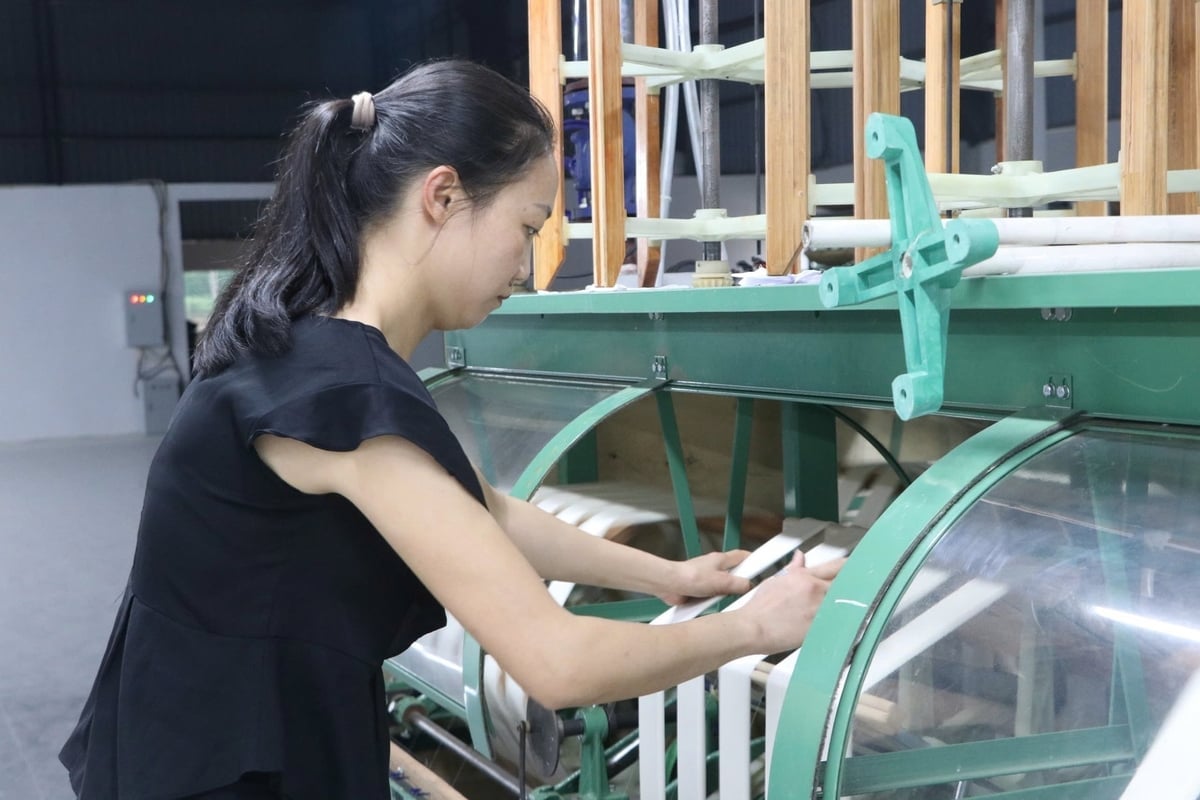
The silk factory of Yen Bai Sericulture Joint Stock Company has been short of raw materials for production for many months. Photo: Thanh Tien.
The company is an important link in the silkworm production chain, connecting and introducing suppliers of eggs, silkworms, and silkworm raising materials to cooperatives and silkworm raising households in and outside the province, providing technical guidance to silkworm breeders to improve the quality of cocoons. The company has signed a value chain cooperation agreement with cooperatives in Van Yen and Tran Yen districts, committing to consume all silkworm cocoon products made by the people.
In addition, the Company also cooperates to purchase cocoons in Lao Cai, Tuyen Quang, Ha Giang, Cao Bang provinces. In the 2 years of operation, the factory has always been in a state of raw material shortage, the cocoon output purchased in the Northern provinces only reached about 60% of the processing capacity, the remaining 40% still had to be purchased from Lam Dong province.
The lack of raw materials makes production less proactive, having to wait for raw materials from far away, collecting and transporting them far away affects the quality control of input materials. In addition, the production lines operating at a standstill also directly affects the income of workers in the factory.
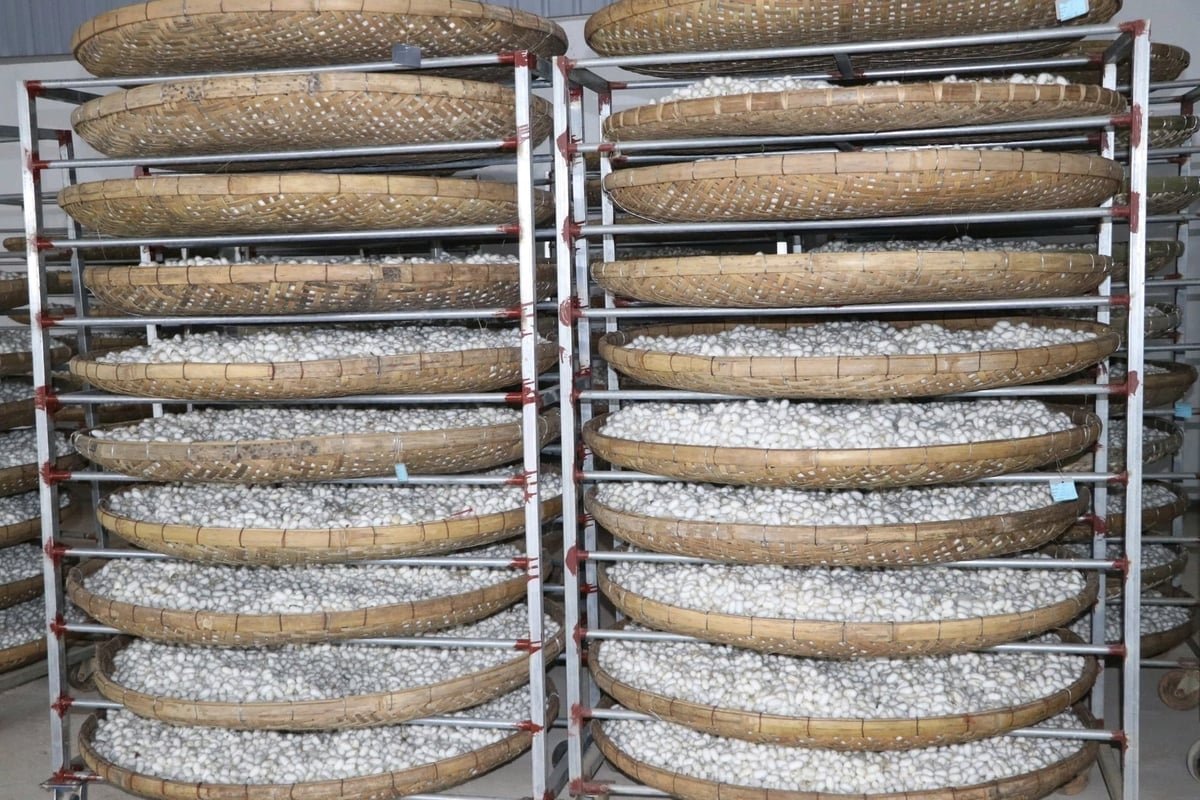
The 2024 natural disaster caused a 50% decrease in silkworm cocoon production in Yen Bai province. Photo: Thanh Tien.
According to Mr. Truong, the historic flood in 2024 devastated the main raw material areas in Tran Yen and Van Yen districts (Yen Bai province), hundreds of hectares of mulberry had to be replanted, the remaining areas had to overcome the inability to raise silkworms during most of the autumn crop (1 of the 2 main silkworm crops of the year, with good weather, giving high cocoon yield) leading to a decrease in silkworm cocoon output of about 50%, so the Company has not been able to produce in the past 3 months.
Need to boldly develop new
Currently, Yen Bai Silk Joint Stock Company is continuing to cooperate with localities to expand mulberry growing areas and improve labor quality. The company provides technical support, introduces sources of seedlings and breeds, guides the transfer of scientific and technical advances, equipment and tools for silkworm raising to cooperatives and households to increase silkworm production and quality.
With the development of science and technology, the mulberry growing and silkworm raising profession is no longer as hard as it used to be. One kilogram of silkworms is now worth 10 kilograms of rice, each hectare of mulberry has a profit 4-5 times higher than rice and corn. The potential for developing commercial mulberry areas in many localities is still very high.
In some localities in Yen Bai province such as Yen Binh district, it is possible to develop and form mulberry villages on the islands in the Thac Ba lake area. In Mu Cang Chai district, it is possible to develop mulberry on terraced fields that only grow rice once a year, similar to Bao Lac (Cao Bang). This will create more livelihoods, increase income for people, and create a landscape for tourism development.
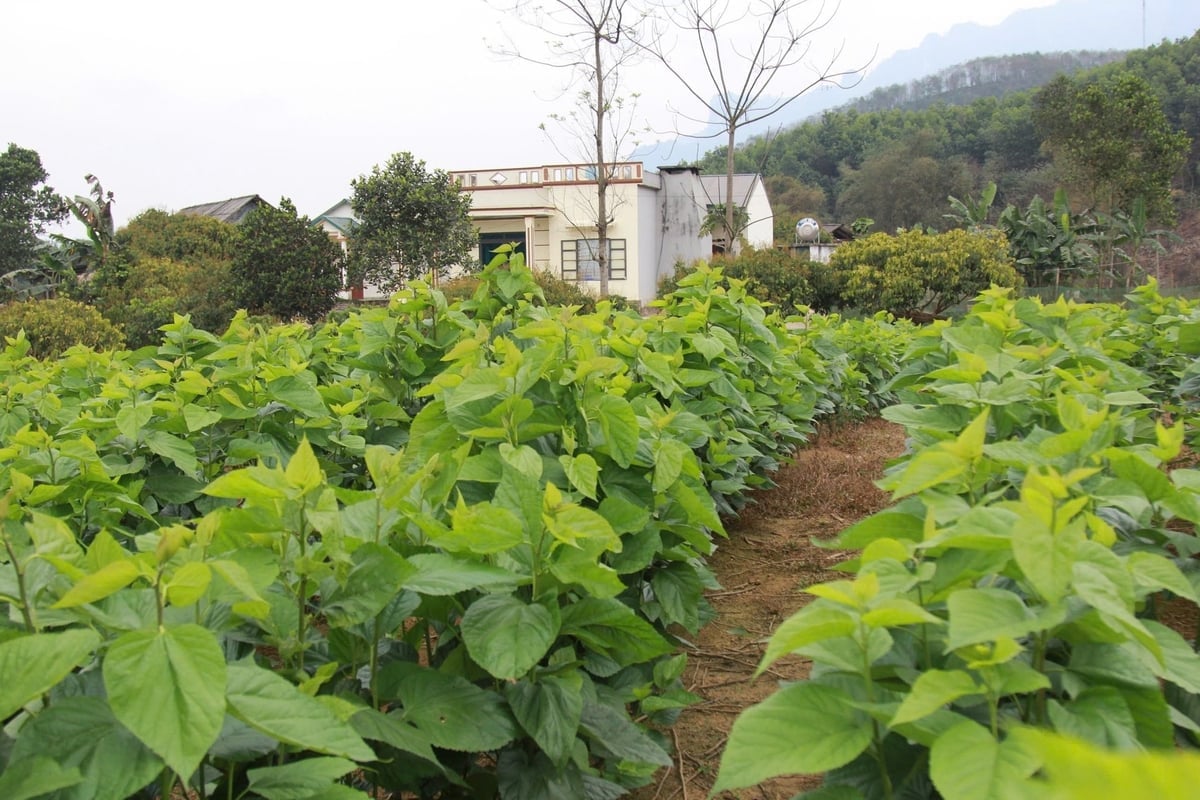
Many localities have the potential to develop the sericulture industry but have not been able to convince farmers to expand their acreage. Photo: Thanh Tien.
Talking with Dr. Le Quang Tu, Chairman of the Vietnam Sericulture Association about the potential of this industry in our country in the future, Mr. Tu said that the domestic and foreign markets for consuming cocoon products have many positive changes due to the world trend of increasing the use of silk and post-silk products.
Vietnam is one of the few countries with a tradition and many advantages to develop mulberry cultivation and silkworm breeding, especially some localities with advantages in climate and land such as Lam Dong, Yen Bai, Son La, Ha Giang...
Currently, some provinces have transformed from small-scale silkworm production to professional, increasingly large-scale commodity production. Many new mulberry varieties have high yields, good silkworm-feeding leaf quality, are suitable for the ecological conditions of each region and are resistant to pests and diseases. Scientific and technical advances in cultivation and pest control are applied in many stages of production to help farmers avoid losses and increase productivity.
"Depending on the ecological conditions, socio-economic conditions and the local sericulture development strategy, localities need to develop a master plan for sericulture development, including planning for mulberry specialized areas according to the principle of contiguous regions and plots," emphasized Dr. Le Quang Tu.
In other localities such as Tuyen Quang, Ha Giang, Phu Tho, there is still a lot of room for developing mulberry areas along the Gam River, Lo River... Any locality with labor resources and vacant land can develop the mulberry industry. Most importantly, localities must plan concentrated mulberry production areas to avoid being affected by plant protection chemicals, which affect silkworm farming.
Source: https://nongnghiep.vn/tuong-lai-sang-dau-tam-to-mien-nui-phia-bac-bai-4-nha-may-doi-ken-d743845.html


![Bright future of mulberry in the Northern mountainous region [Part 1]: Green and thriving on rocky hills](https://vstatic.vietnam.vn/vietnam/resource/IMAGE/2025/3/26/4e49ff2c04a6464eab8dd4ad2cf325c1) Bright future of mulberry in the Northern mountainous region [Part 1]: Green and thriving on rocky hills
Bright future of mulberry in the Northern mountainous region [Part 1]: Green and thriving on rocky hills![Bright future of mulberry and silk in the Northern mountainous region [Part 2]: Potential to become a large production area](https://vstatic.vietnam.vn/vietnam/resource/IMAGE/2025/3/26/b78fe6018503415aaf8ad34be8aa60e1) Bright future of mulberry and silk in the Northern mountainous region [Part 2]: Potential to become a large production area
Bright future of mulberry and silk in the Northern mountainous region [Part 2]: Potential to become a large production area![Bright future of mulberry and silk in the Northern mountainous region [Part 3]: Resurgence after natural disasters](https://vstatic.vietnam.vn/vietnam/resource/IMAGE/2025/3/28/feea93d39166486e9cd75a26df87b3fe) Bright future of mulberry and silk in the Northern mountainous region [Part 3]: Resurgence after natural disasters
Bright future of mulberry and silk in the Northern mountainous region [Part 3]: Resurgence after natural disasters![[Photo] Special relics at the Vietnam Military History Museum associated with the heroic April 30th](https://vstatic.vietnam.vn/vietnam/resource/IMAGE/2025/4/3/a49d65b17b804e398de42bc2caba8368)
![[Photo] General Secretary To Lam receives Japanese Ambassador to Vietnam Ito Naoki](https://vstatic.vietnam.vn/vietnam/resource/IMAGE/2025/4/3/3a5d233bc09d4928ac9bfed97674be98)
![[Photo] Moment of love: Myanmar people are moved to thank Vietnamese soldiers](https://vstatic.vietnam.vn/vietnam/resource/IMAGE/2025/4/3/9b2e07196eb14aa5aacb1bc9e067ae6f)



![Positioning the value of Dien Bien rice: [Part 3] The mindset of 'doing right together'](https://vstatic.vietnam.vn/vietnam/resource/IMAGE/2025/4/3/181427c110e349d995e3948f1de05b7d)



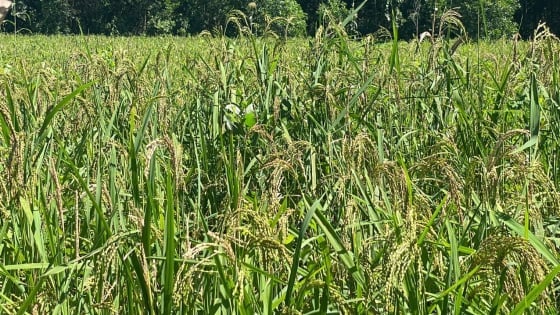
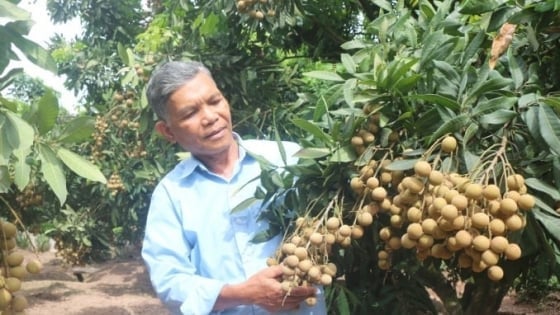






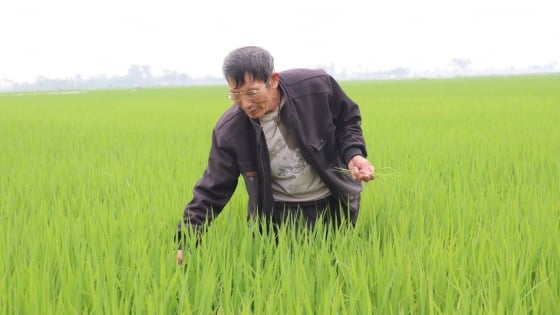
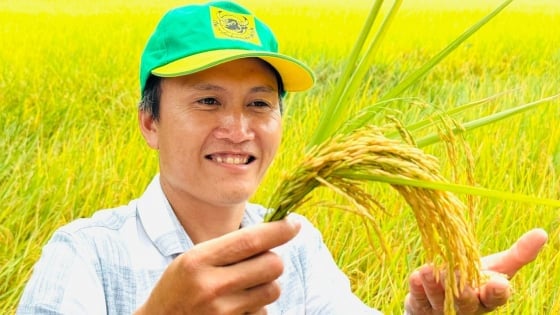
![Positioning the value of Dien Bien rice: [Part 2] When gold and copper are mixed together](https://vstatic.vietnam.vn/vietnam/resource/IMAGE/2025/4/2/752ea8d5561b4bc1adf382820b29f176)
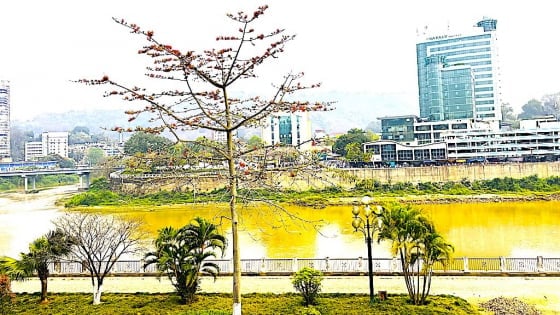






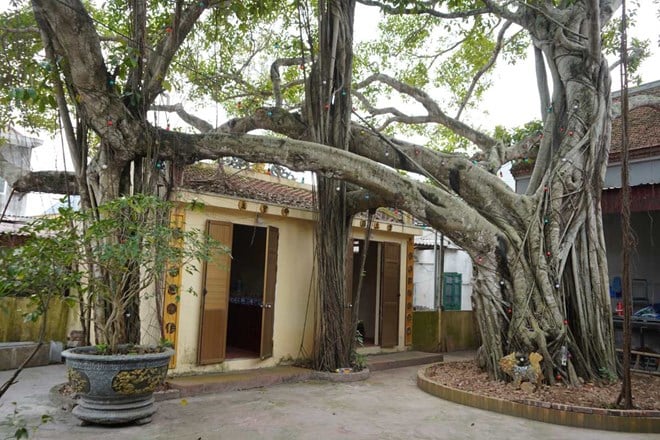











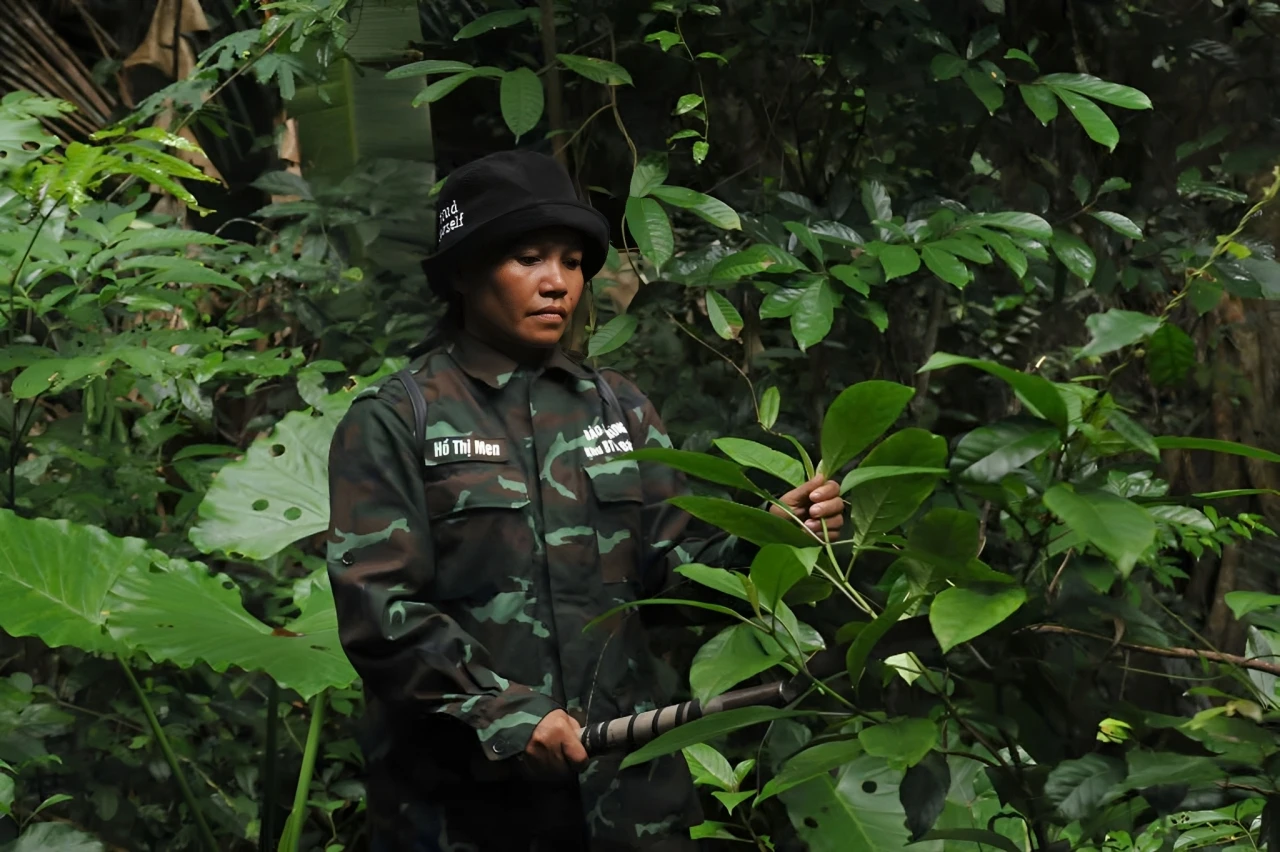

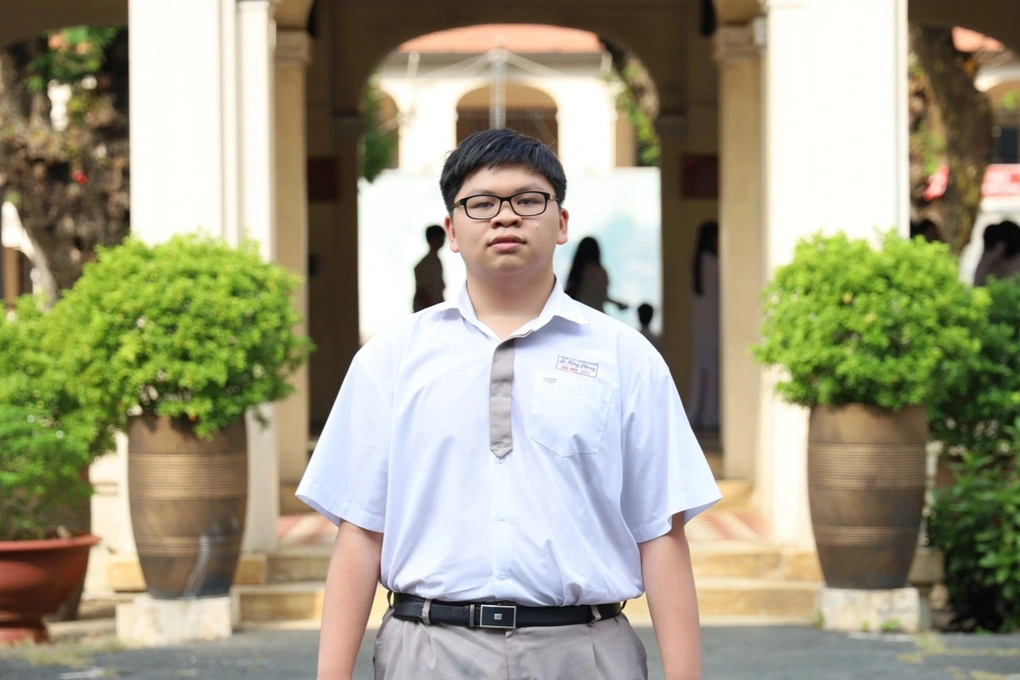











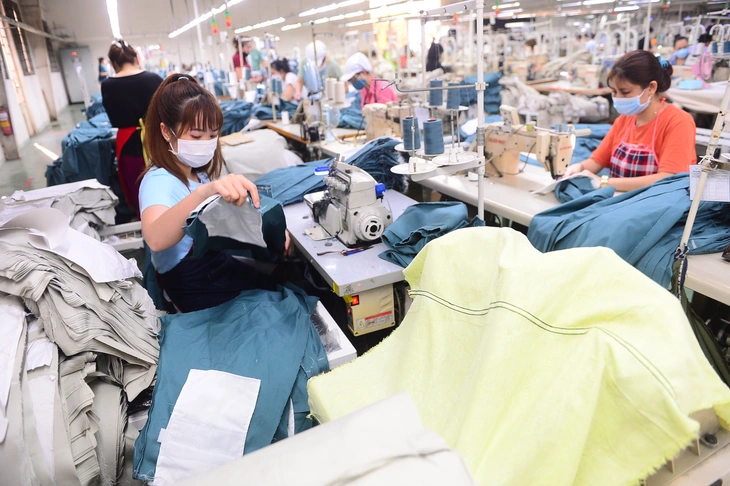
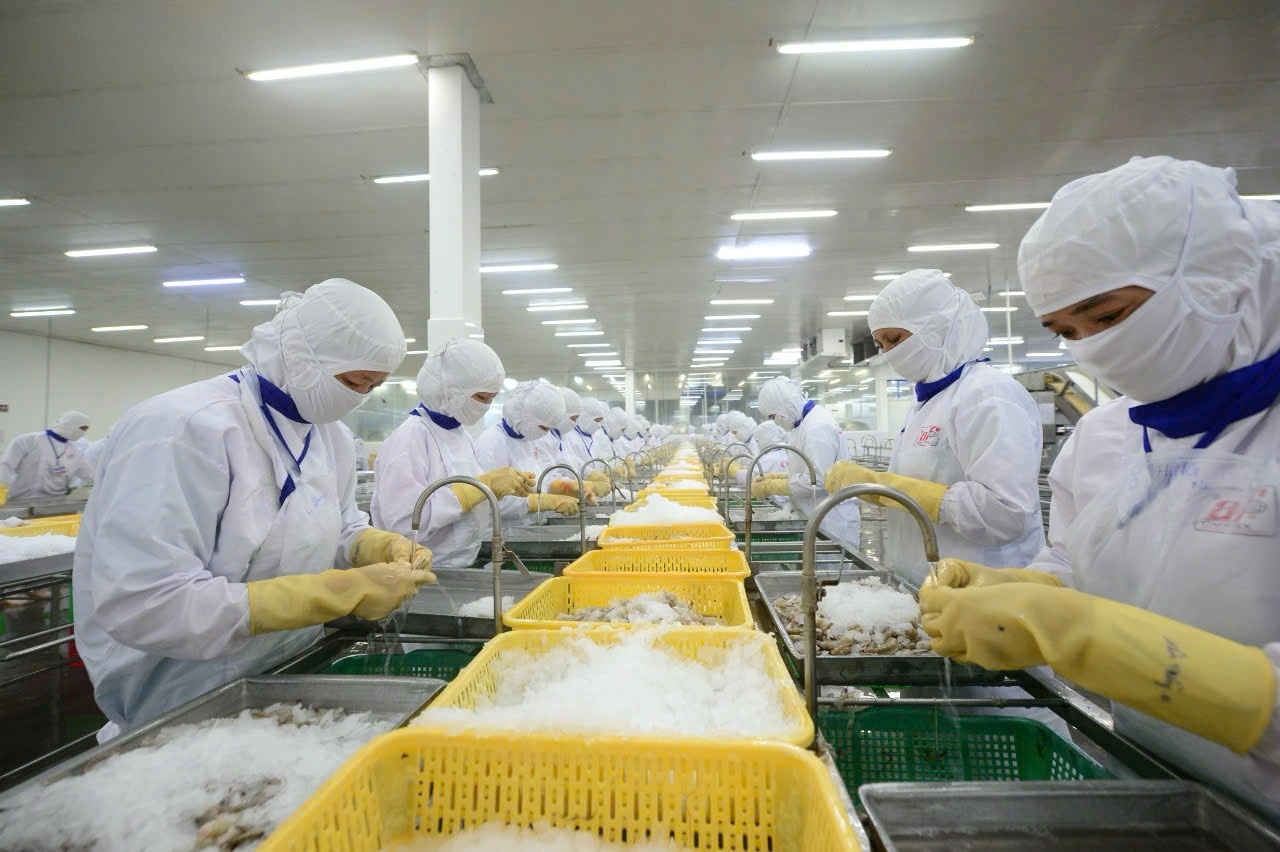

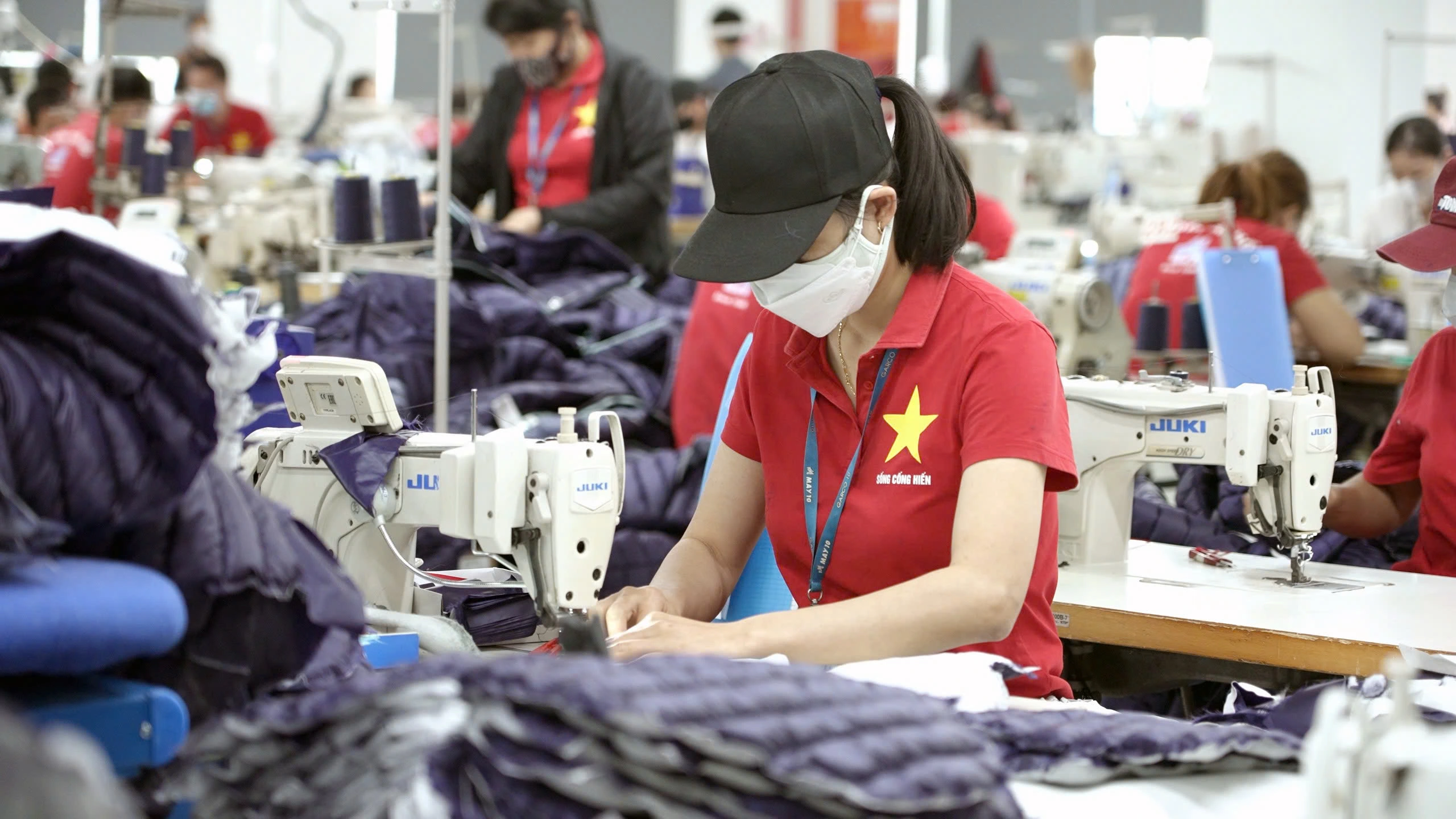








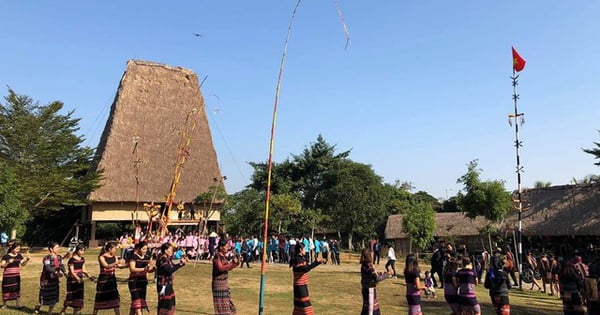
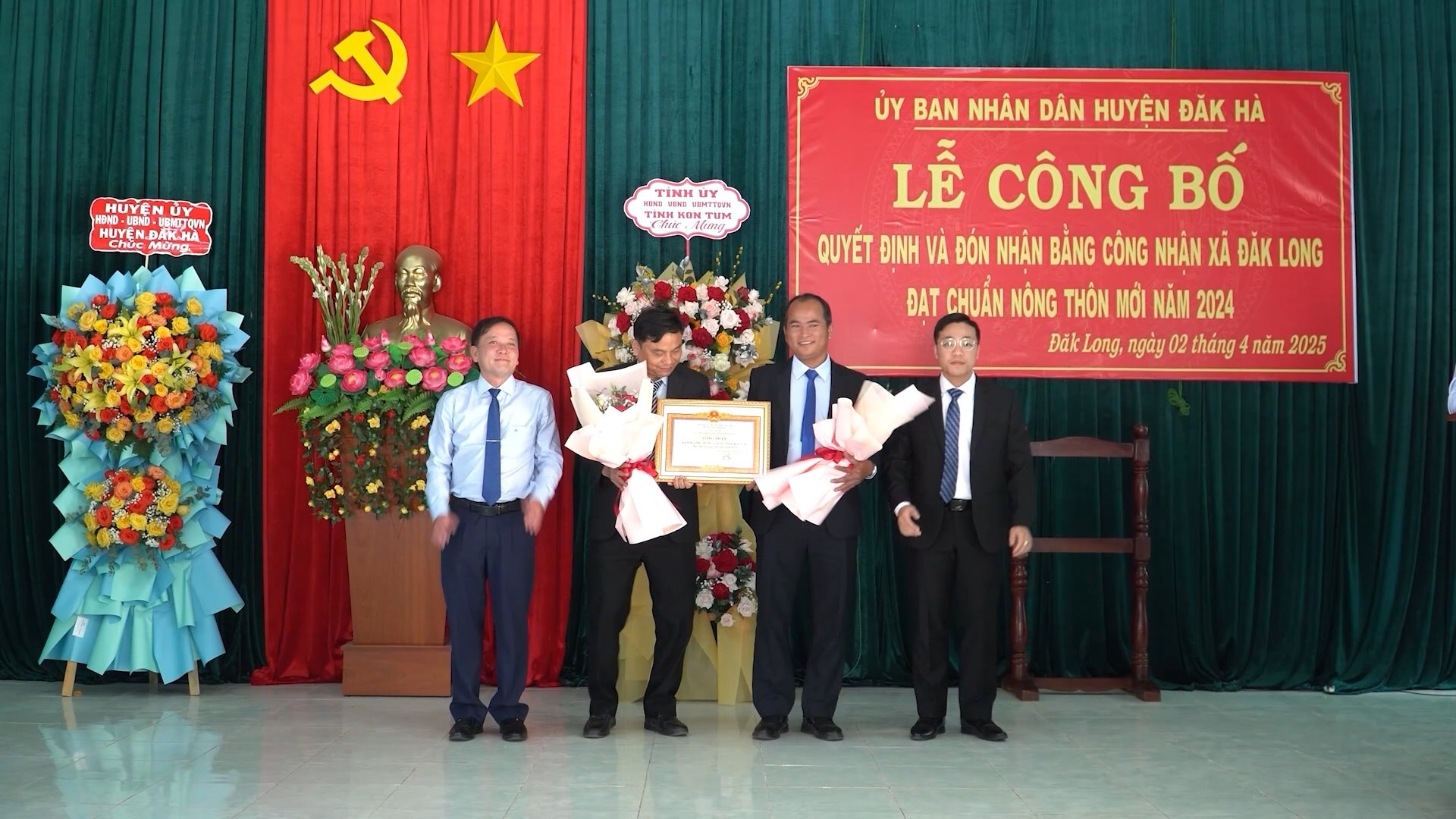
















Comment (0)